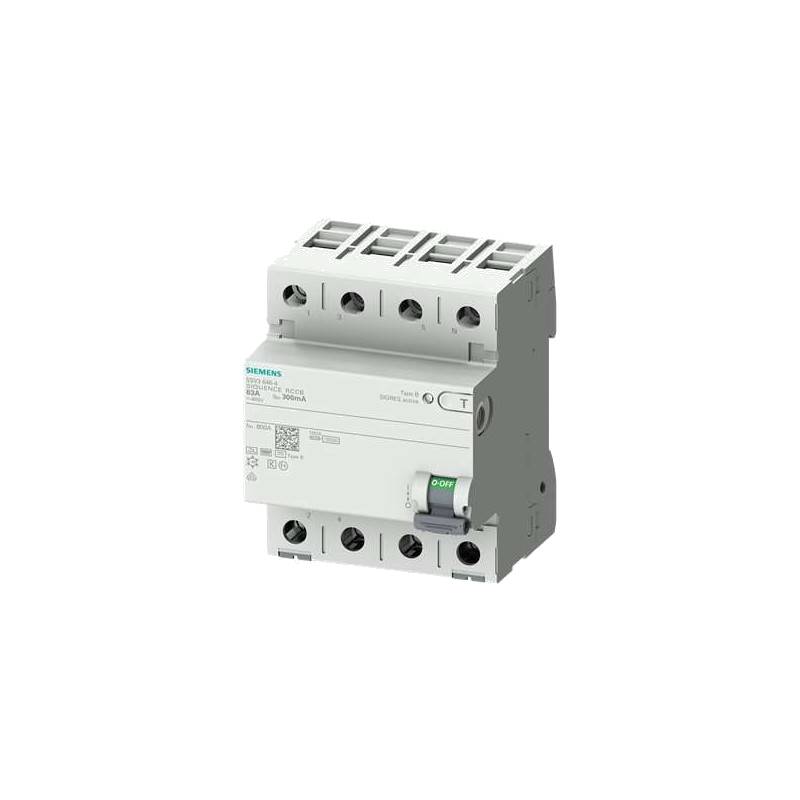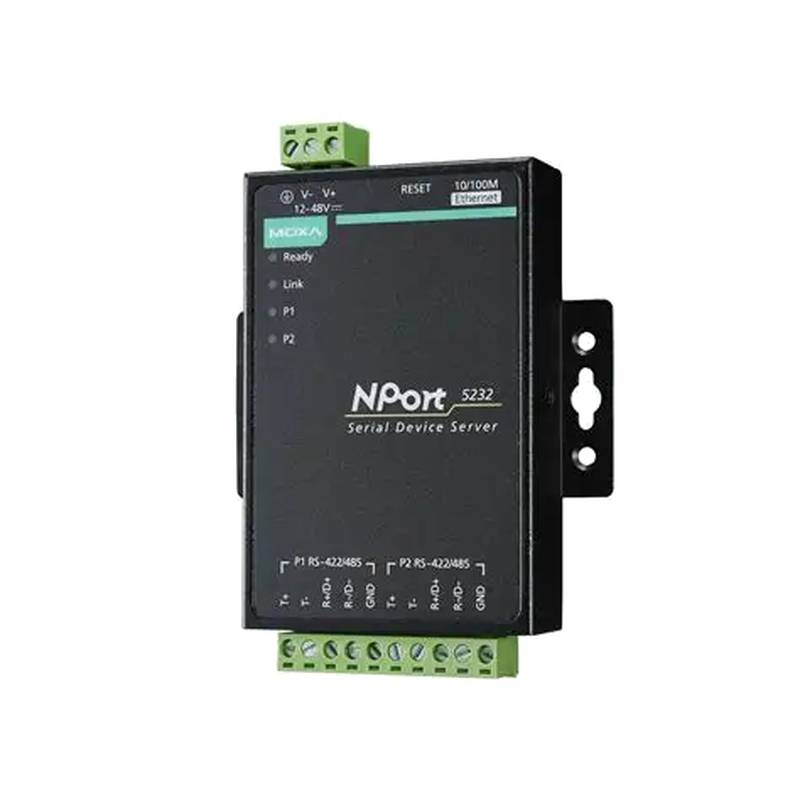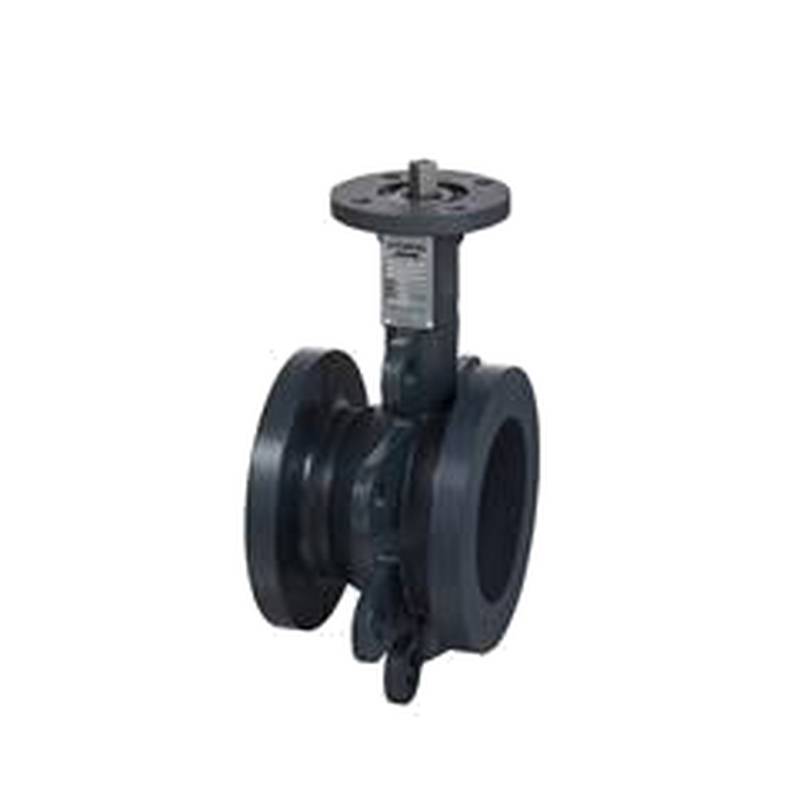
The Delta ECM-B3M-K21315RS1 B3 High Resolution Encoder Servo Motor delivers exceptional precision and performance for demanding industrial automation tasks. This servo motor boasts a high-resolution encoder, ensuring precise position feedback crucial for complex motion control applications. Its robust design and advanced features position it as a leading choice for applications requiring superior accuracy, dynamic response, and reliable operation.
Product Specifications
| Feature | Specification |
| :------------------- | :------------------------------------------------ |
| Model | ECM-B3M-K21315RS1 |
| Series | B3 High Resolution Encoder Servo Motor |
| Rated Voltage | Not specified in primary search results |
| Rated Power | Not specified in primary search results |
| Rated Speed | Not specified in primary search results |
| Torque | Not specified in primary search results |
| Encoder Resolution | High Resolution (specific DPI not provided) |
| Communication Interface | Not specified in primary search results |
| Protection Class | Not specified in primary search results |
| Insulation Class | Not specified in primary search results |
| Brake | Not specified in primary search results |
| Shaft Type | Not specified in primary search results |
Core Features & Market Positioning
The Delta ECM-B3M-K21315RS1 stands out due to its high-resolution encoder, providing superior positional accuracy and enabling finer control over machine movements. This is a critical differentiator in markets where even minute deviations can impact product quality or process efficiency. Its integration within the Delta automation ecosystem suggests seamless compatibility with Delta servo drives and controllers, offering a unified solution for manufacturers seeking streamlined automation implementation. The B3 series generally represents Delta's commitment to robust, high-performance servo solutions designed for industrial environments demanding reliability and precision.
Key Application Scenarios
This servo motor is ideally suited for applications requiring exact positioning and smooth operation. Common use cases include automated assembly lines where precise component placement is essential, robotics for intricate manipulation tasks, and packaging machinery that demands high-speed, accurate movements. It is also a strong candidate for CNC machinery, material handling systems, and any industrial process where closed-loop control with high fidelity feedback is a necessity to achieve optimal throughput and quality.
Practical System Integration Guidance
Integrating the Delta ECM-B3M-K21315RS1 servo motor typically involves connecting it to a compatible Delta servo drive, such as those from the ASDA series. Proper wiring of the power, encoder feedback, and motor phases is critical for safe and optimal performance. Users should consult the specific servo drive manual for detailed connection diagrams and parameter settings. Ensuring the motor's mechanical mounting is secure and aligned correctly will prevent vibration and premature wear. Configuration within the servo drive software will involve setting motor parameters, tuning the control loops (PID), and establishing communication protocols for motion commands.
Operation and Risk Mitigation
Safe operation of the Delta ECM-B3M-K21315RS1 servo motor necessitates adherence to all electrical safety standards and manufacturer guidelines. Ensure proper grounding to prevent electrical hazards. During commissioning and operation, monitor motor temperature and vibration levels to detect potential issues early. Overloading the motor beyond its rated torque can lead to premature failure; always operate within specified limits. Familiarize yourself with the servo drive's fault codes, as these provide essential diagnostic information for troubleshooting issues such as overcurrent, overvoltage, or encoder errors, allowing for prompt resolution and minimizing downtime.
Scalability & Long-Term Value
The Delta ECM-B3M-K21315RS1 servo motor offers significant long-term value through its compatibility within Delta's broader automation portfolio. This allows for easy scalability of automation systems, enabling users to expand capabilities by adding more servo axes or integrating with other Delta devices like PLCs and HMIs. Its robust construction suggests a long operational lifespan, reducing the total cost of ownership. Furthermore, as industrial automation trends towards Industry 4.0, Delta's focus on connected solutions implies potential for integration with IIoT platforms for remote monitoring, diagnostics, and predictive maintenance, further enhancing its long-term value proposition.
Frequently Asked Questions
1. What is the encoder resolution of the Delta ECM-B3M-K21315RS1?
The encoder resolution is a critical factor for precise positioning. High resolution allows for finer control and more accurate feedback signals. This directly impacts the motor's ability to execute complex movements.
This high-resolution encoder enables superior accuracy in motion control applications. It ensures that even minute positional changes are accurately detected. This is vital for tasks requiring extreme precision.
The specific encoder pulses per revolution (PPR) or counts are not explicitly detailed in readily available summaries. For exact figures, refer to the detailed product datasheet.
2. What are the torque and power ratings for this servo motor?
Torque and power ratings determine the motor's load-handling capacity. Understanding these parameters is essential for selecting the correct motor for an application. This ensures reliable operation under dynamic conditions.
The ECM-B3M-K21315RS1 is designed for demanding industrial tasks. It requires precise torque and power specifications to match application needs. Proper selection prevents motor overload and ensures optimal performance.
While general performance characteristics are implied by its high-resolution encoder, specific numerical torque (e.g., peak, continuous) and power (kW or HP) values are found in the official product documentation.
3. How does the Delta ECM-B3M-K21315RS1 integrate with Delta servo drives?
Integration with compatible Delta servo drives is key to unlocking the motor's full potential. This ensures seamless communication and control. Proper pairing is crucial for optimal system performance and tuning.
The motor is designed to work with specific Delta servo drive series, like ASDA. This pairing facilitates easy setup and access to advanced motion control features. Consult drive manuals for exact compatibility.
The connection involves power, feedback, and control signals. Setting motor parameters within the drive's software is a critical step for successful commissioning.
4. What types of applications is the B3 High Resolution Encoder Servo Motor best suited for?
This servo motor excels in applications demanding high precision and repeatability. Its performance characteristics make it ideal for automated manufacturing processes. It contributes to higher product quality and throughput.
Key applications include robotics, CNC machining, and automated assembly. Packaging machinery and material handling also benefit from its accuracy. Any process needing exact motion control is a good fit.
The high-resolution encoder is particularly advantageous for tasks like intricate pick-and-place operations. It also supports precise tool positioning in cutting or grinding applications.
5. What are the key advantages of using a high-resolution encoder?
High-resolution encoders provide extremely accurate feedback on motor position and speed. This allows for very fine control over machine movements. It minimizes positional errors and improves overall system accuracy.
This level of precision is critical for sophisticated automation tasks. It enables smoother motion profiles and more consistent performance. This leads to improved product quality and reduced waste.
Advantages include enhanced control loop performance, greater repeatability, and the ability to perform micro-movements. This is crucial for industries like semiconductor manufacturing and advanced printing.
6. What are common troubleshooting steps for this servo motor?
Troubleshooting often begins with checking electrical connections and power supply. Ensuring the motor and drive are correctly wired is paramount. Reviewing error codes displayed by the servo drive is usually the first diagnostic step.
If performance issues arise, such as vibration or lack of response, motor tuning parameters within the servo drive may need adjustment. Proper PID loop tuning is essential for optimal dynamic performance and stability.
Faults related to the encoder (e.g., signal loss) or motor phases (e.g., overcurrent) are common. Checking mechanical load for binding or excessive friction can also resolve performance issues.
7. Is this servo motor compatible with third-party automation systems?
While designed for seamless integration with Delta drives, compatibility with third-party systems depends on communication protocols and electrical interfaces. Manufacturers typically offer support for common industrial standards.
Interfacing with non-Delta systems may require specific communication modules or advanced configuration. It's crucial to verify specifications against the target automation platform's capabilities.
For optimal performance and support, integrating within the Delta ecosystem is recommended. However, with careful planning, it can often be adapted to other PLC or motion controller platforms.
8. What safety precautions should be taken when installing and operating this motor?
Safety is paramount; always disconnect power before performing any wiring or maintenance. Ensure the motor is properly grounded to prevent electrical shock hazards. Follow all local electrical codes and safety regulations.
Operate the motor within its specified environmental conditions (temperature, humidity). Avoid exposing it to excessive dust, moisture, or corrosive substances. Use appropriate personal protective equipment (PPE).
During operation, be aware of moving parts and ensure safety guards are in place. Unexpected machine movement can occur; always maintain a safe distance and understand emergency stop procedures.
9. What is the expected lifespan of the Delta ECM-B3M-K21315RS1 servo motor?
The lifespan of a servo motor is influenced by its operating conditions and maintenance. With proper installation, operation within rated limits, and regular checks, these motors are designed for long-term industrial use.
Factors like duty cycle, ambient temperature, and load variations affect longevity. Regular lubrication (if applicable) and ensuring clean operation contribute to extended service life.
Delta's B3 series is known for its robust construction, implying a durable product. Specific lifespan figures are usually based on MTBF (Mean Time Between Failures) data, available in technical documentation.
10. How can I find the detailed technical datasheet for this product?
Detailed technical datasheets are typically available on the official Delta Electronics website. Searching for the exact model number (ECM-B3M-K21315RS1) will lead to the product page.
You can often download product manuals, specifications, and application notes directly from the manufacturer's support or product section. These documents provide comprehensive information.
If you are unable to locate the datasheet online, contacting Delta Electronics' sales or technical support team directly is the most reliable method. They can provide the most up-to-date documentation.

























